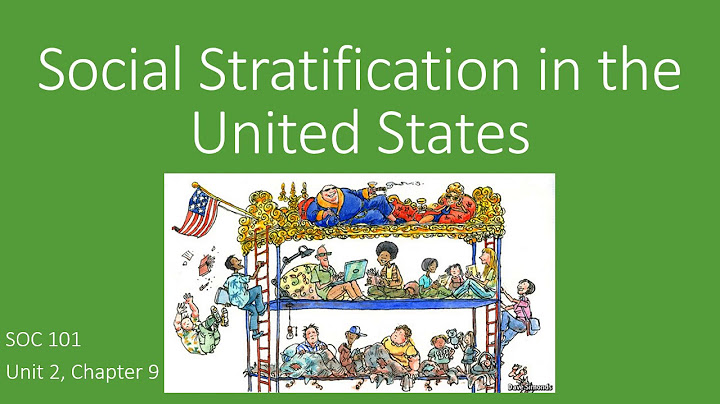journal article Show
The Academy of Management Journal Vol. 38, No. 1 (Feb., 1995) , pp. 24-59 (36 pages) Published By: Academy of Management https://doi.org/10.2307/256727 https://www.jstor.org/stable/256727 Read and download Log in through your school or library Read Online (Free) relies on page scans, which are not currently available to screen readers. To access this article, please contact JSTOR User Support. We'll provide a PDF copy for your screen reader.With a personal account, you can read up to 100 articles each month for free. Get StartedAlready have an account? Log in Monthly Plan
Yearly Plan
Purchase a PDFPurchase this article for $29.00 USD. How does it work?
Abstract This study addressed the nature and functioning of relationships of interpersonal trust among managers and professionals in organizations, the factors influencing trust's development, and the implications of trust for behavior and performance. Theoretical foundations were drawn from the sociological literature on trust and the social-psychological literature on trust in close relationships. An initial test of the proposed theoretical framework was conducted in a field setting with 194 managers and professionals. Journal Information The Academy of Management Journal presents cutting edge research that provides readers with a forecast for new management thoughts and techniques. All articles published in the journal must make a strong empirical and/or theoretical contribution. All empirical methods including (but not limited to) qualitative, quantitative, or combination methods are represented. Articles published in the journal are clearly relevant to management theory and practice and identify both a compelling practical management issue and a strong theoretical framework for addressing it. For more than 40 years the journal has been recognized as indispensable reading for management scholars. The journal has been cited in such forums as The Wall Street Journal, The New York Times, The Economist and The Washington Post. The journal is published six times per year with a circulation of 15,000. Publisher Information The Academy of Management (the Academy; AOM) is a leading professional association for scholars dedicated to creating and disseminating knowledge about management and organizations. The Academy's central mission is to enhance the profession of management by advancing the scholarship of management and enriching the professional development of its members. The Academy is also committed to shaping the future of management research and education. Founded in 1936, the Academy of Management is the oldest and largest scholarly management association in the world. Today, the Academy is the professional home for more than 18290 members from 103 nations. Membership in the Academy is open to all individuals who find value in belonging. Rights & Usage This item is part of a JSTOR Collection. anxietyA feeling of inability to deal with anticipated harm.burnoutA general feeling of exhaustion that can develop when a person simultaneously experiences too much pressure to perform and too few sources of satisfaction.EustressBeneficial stress.frustrationRefers to a psychological reaction to an obstruction or impediment to goal-oriented behavior.general adaptation syndromeConsists of three stages: the first stage, alarm; the second stage of resistance; and the third stage, exhaustion.hardinessRepresents a collection of personality characteristics that involve one’s ability to perceptually or behaviorally transform negative stressors into positive challenges.health promotion programsRepresent a combination of diagnostic, educational, and behavior modification activities that are aimed at attaining and preserving good health.locus of controlThe concept that much of what happens in one’s life is either under or outside of their own control.personal controlRepresents the extent to which an employee actually has control over factors affecting effective job performance.rate of life changeThe variety of life events were identified and assigned points based upon the extent to which each event is related to stress and illness.role ambiguityOccurs when individuals have inadequate information concerning their roles.role conflictThe simultaneous occurrence of two (or more) sets of pressures or expectations; compliance with one would make it difficult to comply with the other.role overloadA condition in which individuals feel they are being asked to do more than time or ability permits.role underutilizationOccurs when employees are allowed to use only a few of their skills and abilities, even though they are required to make heavy use of them. social supportThe extent to which organization members feel their peers can be trusted, are interested in one another’s welfare, respect one another, and have a genuine positive regard for one another.strainThe damage resulting from experiencing stress.stressA physical and emotional reaction to potentially threatening aspects of the environment.tolerance for ambiguityIndividuals measure and affect by role ambiguity (in terms of stress, reduced performance, or propensity to leave) than others with a low tolerance for ambiguity.Type A personalityType A personality is characterized by impatience, restlessness, aggressiveness, competitiveness, polyphasic activities, and being under considerable time pressure. PreviousNext Kinetic by OpenStax offers access to innovative study tools designed to help you maximize your learning potential. Citation/AttributionWant to cite, share, or modify this book? This book uses the Creative Commons Attribution License and you must attribute OpenStax. Attribution information
Citation information
© Jun 5, 2022 OpenStax. Textbook content produced by OpenStax is licensed under a Creative Commons Attribution License . The OpenStax name, OpenStax logo, OpenStax book covers, OpenStax CNX name, and OpenStax CNX logo are not subject to the Creative Commons license and may not be reproduced without the prior and express written consent of Rice University. Which of these refers to the concept that much of what happens in one's life is either under or outside of their own contro?Locus of Control. the concept that much of what happens in ones life is either under or outside of their own control. Personal Control. represents the extent to which an employee actually has control over factors affecting effective job performance.
Which of the following is an organizational strategy for coping with work related stress group of answer choices?Organizational strategies to reduce stress include (1) improved personnel selection and job placement, (2) skills training, (3) job redesign, (4) company-sponsored counseling programs, (5) increased employee participation and personal control, (6) enhanced work group cohesiveness, (7) improved communication, and (8) ...
Which of the following is an organizational influence factor on the job related stress?Although many factors in the work environment have been found to influence the extent to which people experience stress on the job, four factors have been shown to be particularly strong. These are (1) occupational differences, (2) role ambiguity, (3) role conflict, and (4) role overload and underutilization.
Which of the following is an individual strategy for coping with work related stress group of answer choices?Physical Exercise.
Regular exercise can be an important and effective individual strategy.
|

zusammenhängende Posts
Werbung
NEUESTEN NACHRICHTEN
Werbung
Populer
Werbung

Urheberrechte © © 2024 ketiadaan Inc.


















